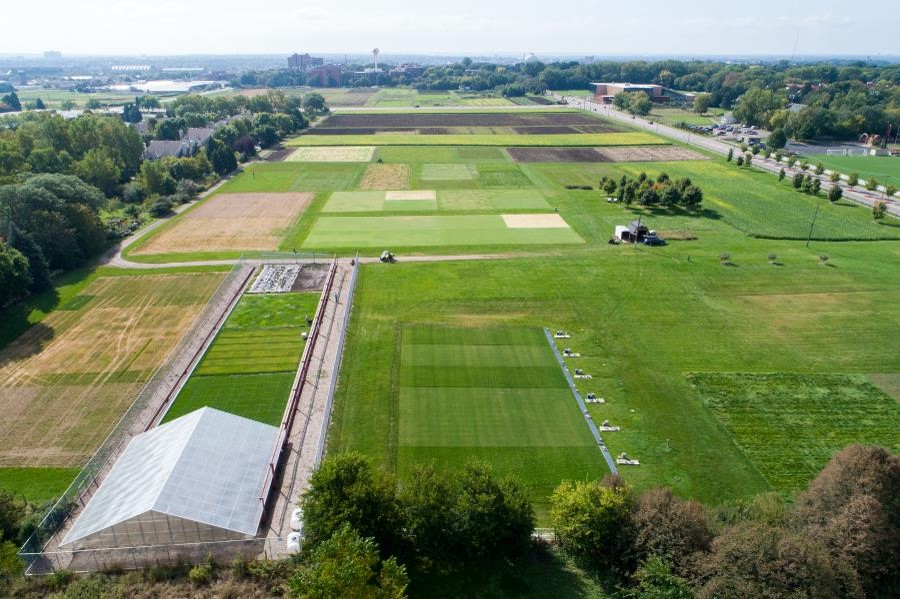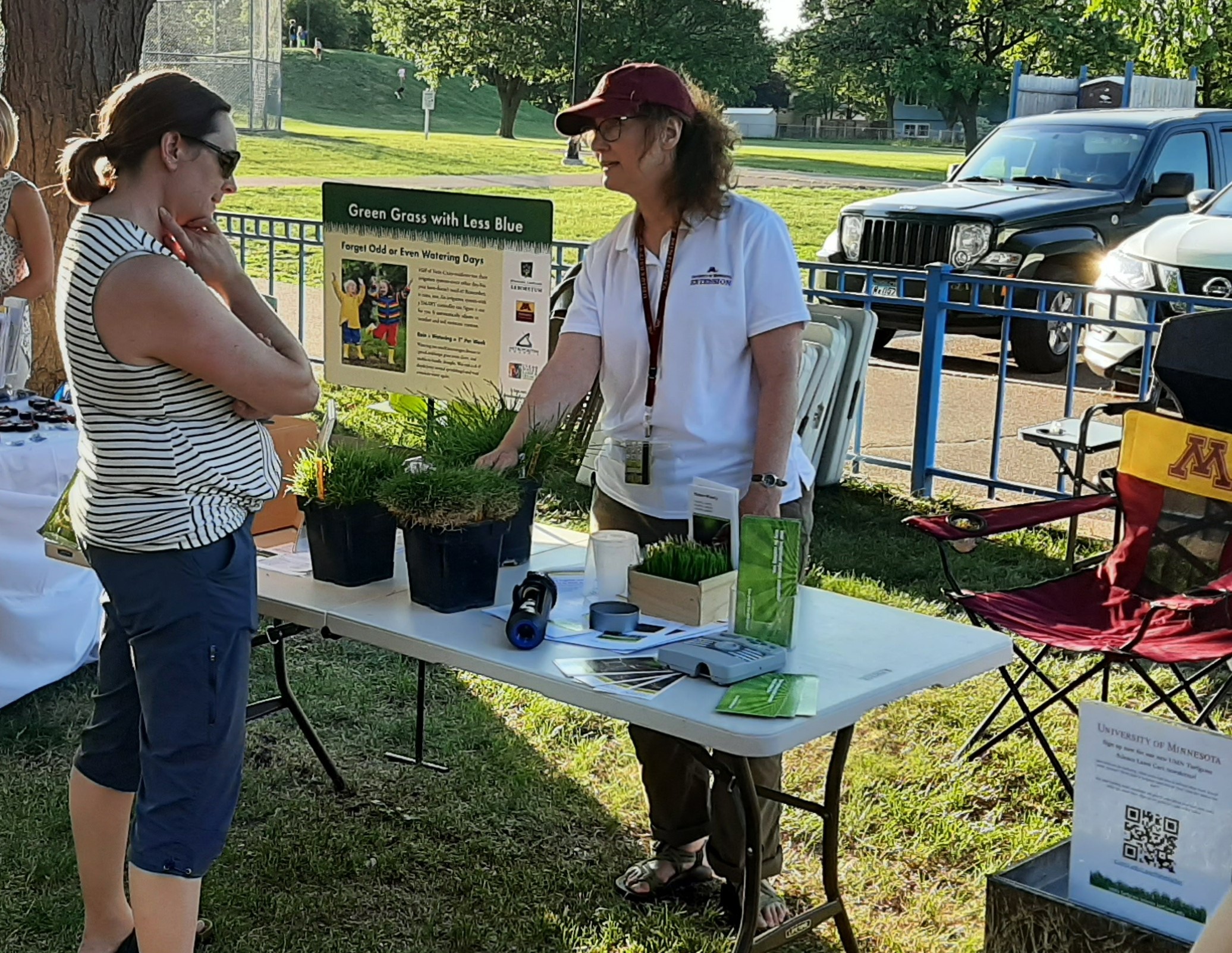2021 turf trial results are posted
By Eric Watkins
We have posted all 2021 turfgrass research plot data on our cultivar evaluation page for 2021. There are results posted from three types of trials.
New research publication from our team - 1/5/22
Learn more about our research! A new article from our group has been published in the Journal of Outdoor Recreation and Tourism. This research found that park users have a preference for natural turfgrass lawns and are more hesitant to use artificial turfgrass lawns, which has implications for decision-makers choosing between these two options.
Barnes, M.R. and E. Watkins. 2022. Differences in likelihood of use between artificial and natural turfgrass lawns. Journal of Outdoor Recreation and Tourism Vol 37, March 2022, 100480. https://doi.org/10.1016/j.jort.2021.100480
New research publication from our team - 1/3/22
University of Minnesota Turfgrass team in the media – 12/22/21
Check out our team’s latest efforts in educating the public about our work. Eric Watkins did a podcast for Field, Lab, Earth, the podcast from the American Society of Agronomy, Crop Science Society of America, and Soil Science Society of America.
Listen to the podcast - Salt-Affected Roadside Grasses with Dr. Eric Watkins - to learn more about our roadside grass research.
True armyworm moth trapping project in Roseau County
By Dave Grafstrom
In 2020, a widespread outbreak of true armyworm (Mythimna unipuncta), and the subsequent feeding, caused significant damage to perennial ryegrass seed fields in northwest Minnesota. Reported ryegrass seed yield losses ranged from 0 to over 80%. The most severe damage occurred over the July 4th weekend. The majority of the perennial ryegrass fields were sprayed once or twice for armyworms.


